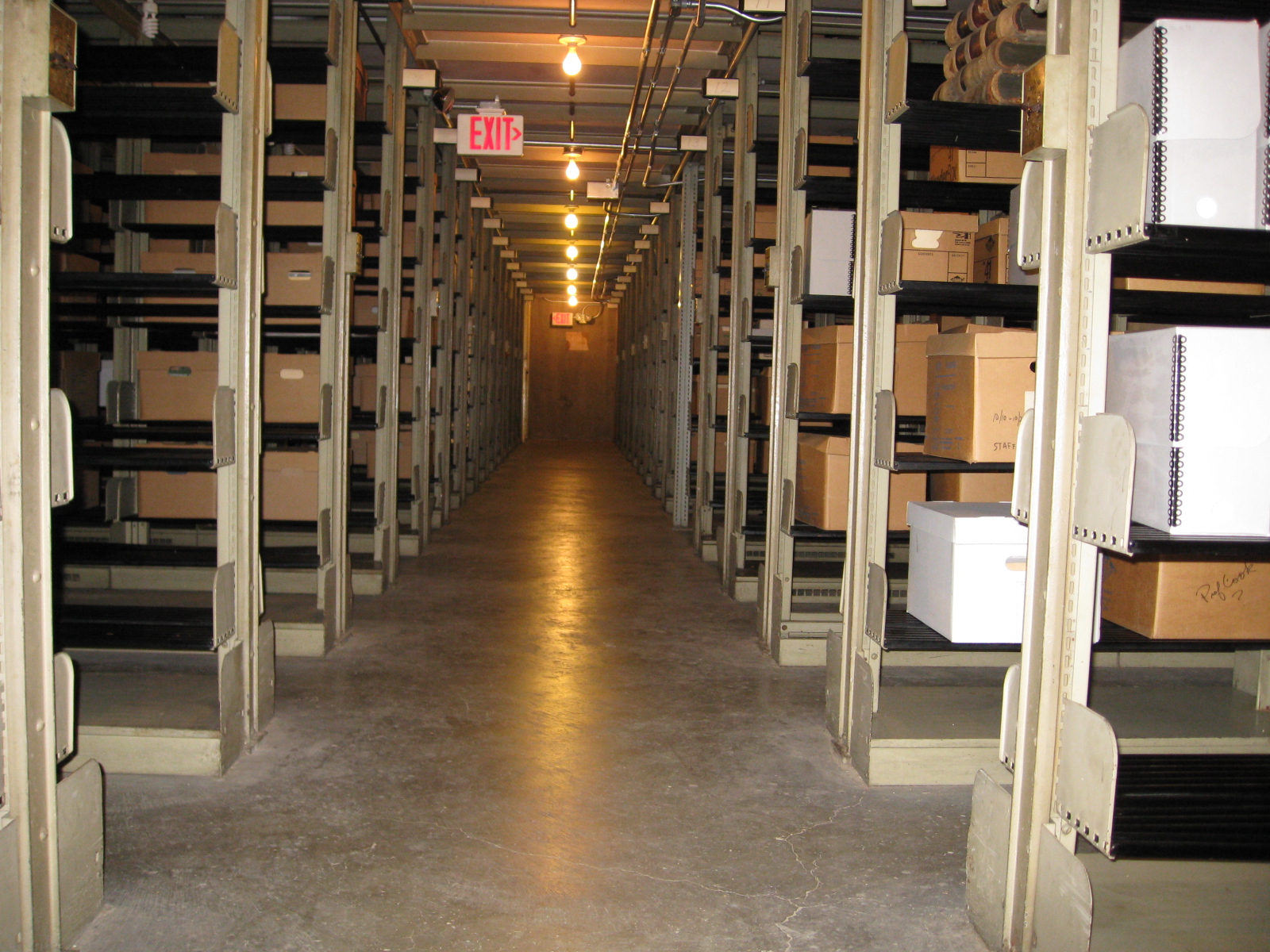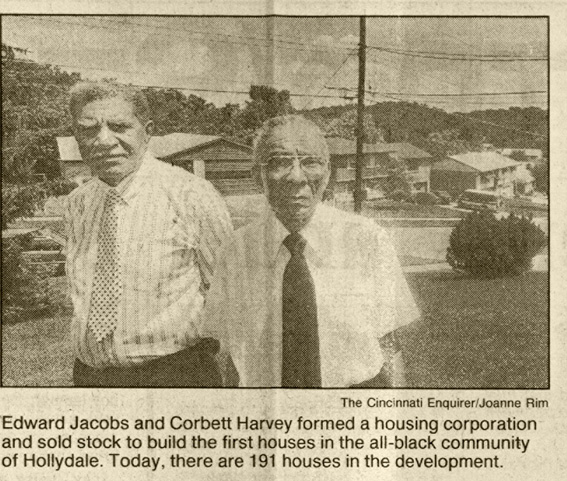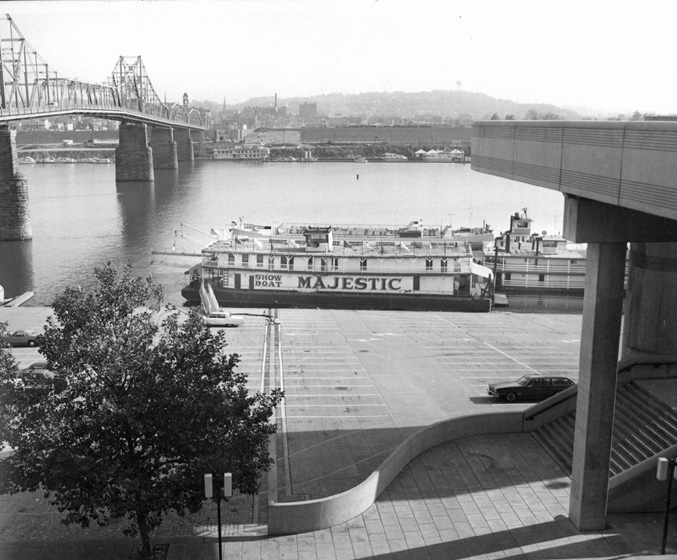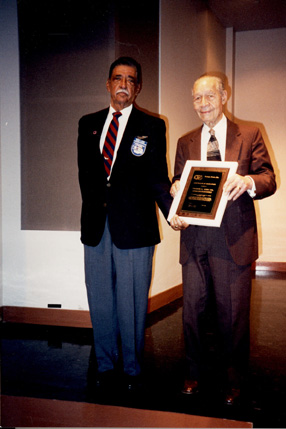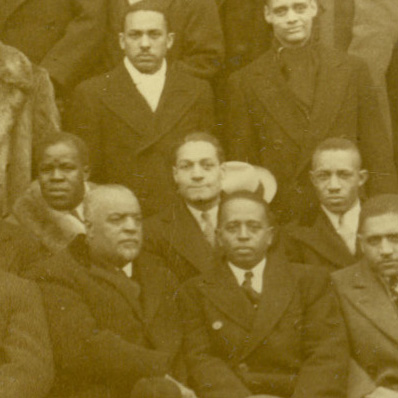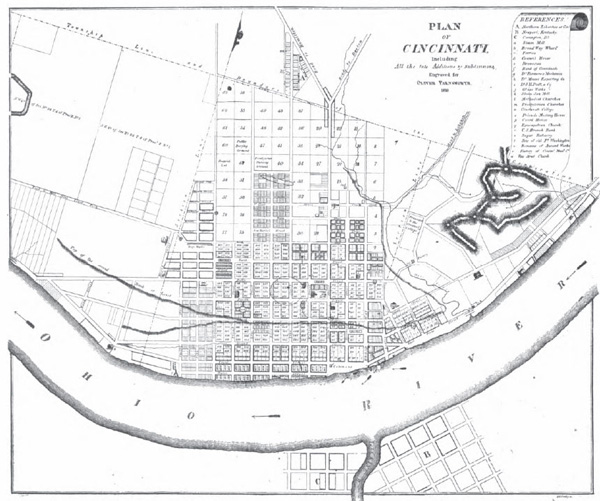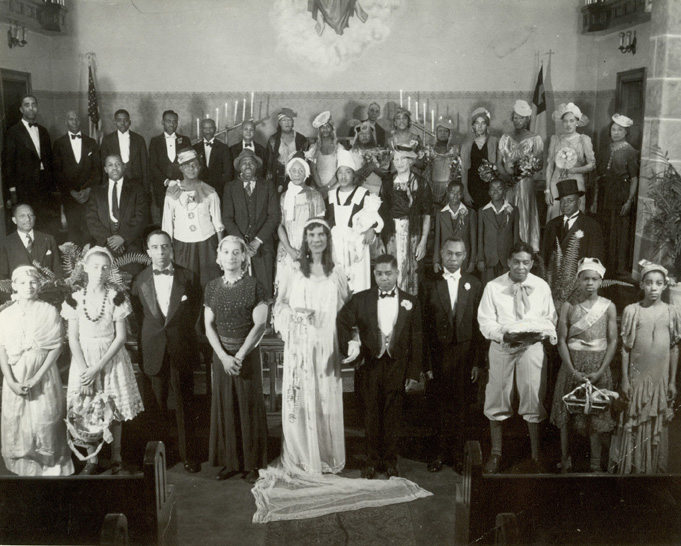By Suzanne Maggard
Did you know that the Archives and Rare Books Library holds thousands of linear feet of archival material? ARB has material relating to Urban Studies, German-Americana, University Archives and local government records including things like UC Board of Trustees minutes, wills for Hamilton County, Ohio, photographs of Cincinnati’s never completed subway, theater programs, labor newspapers, sheet music and much, much more. We are constantly in the process of organizing these materials and creating finding aids to help you locate them. We’ve recently updated the finding aids lists on our website to show you even more of what we have. We’ve also added links to our finding aids available through the OhioLINK Finding Aid Repository. Take a look and see if there is anything that interests you. For more information, call the Archives and Rare Books Library at 513-556-1959 or send an email to archives@ucmail.uc.edu.

